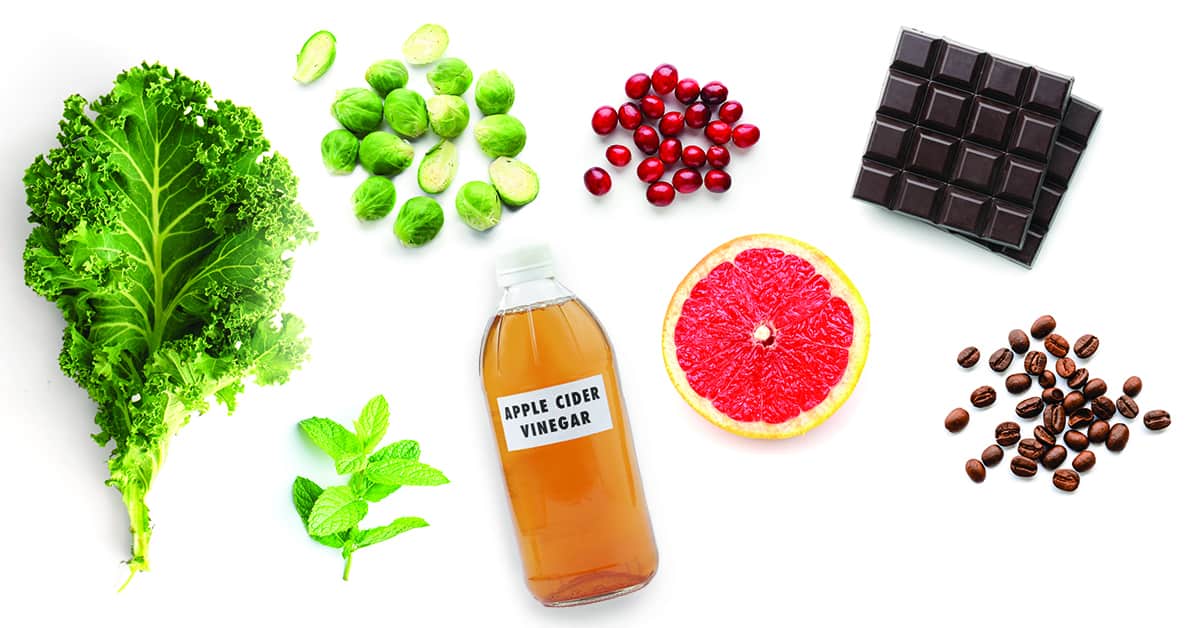A Comprehensive Guide for Parents: The Bitter Food List
As a parent, promoting a healthy and well-balanced diet in your child’s life can be quite a challenge. One such hurdle is the naturally bitter taste of some beneficial foods that are often less popular with children. But fret not! This guide is here to assist you with practical tips and insights on how to creatively introduce and embed these essential bitter foods into your child’s diet without a fuss.
A Closer Look at Bitter Foods
Before we delve into the list of bitter foods, it’s essential to understand why certain foods taste bitter. Science shows that it’s actually a defense mechanism by these plants to protect against consumption by predators—who can blame them? However, it’s also these compounds that make these foods superstars in health and nutrition.
Why Include Bitter Foods in Your Child’s diet?
Despite their taste, bitter foods are nutrient powerhouses. They are often packed with antioxidants and can aid digestion by stimulating the stomach to release gastric acid, which is responsible for breaking down food. Their healthful properties promote well-being and can stave off various health issues in both adults and children.
The Bitter Food List
Now, let’s delve into the heart of our guide – the list of bitter foods. Here, we will give details about the food, its health benefits, and creative ways to make them more palatable and fun for your child to eat.
1. Dark Leafy Greens
These include foods like kale, spinach, arugula, and collard greens—infamous for their bitter taste. But did you know they’re one of the most nutrient-dense foods in the world?
2. Citrus fruits
Lemons, grapefruits, and certain types of oranges bear a bitter taste which might not be pleasing for your child, but they are rich in Vitamin C and act as natural antioxidants.
We will continue to explore more bitter foods that are worth incorporating in your child’s meal-planning as we progress in our guide. Remember, all it takes is a touch of creativity to turn these bitter foods into tasty meals that even the pickiest of eaters will come to enjoy and love. Prepare for a healthful journey ahead and happy feeding!

3. Bitter Melon
As its name implies, bitter melon is renowned for its bitter flavor. However, this vegetable is packed with vitamins A and C and is known for its potential blood sugar-lowering effects.
4. Radicchio
This red leafy vegetable can add a touch of bitterness to salads and grilled dishes, but it’s also chock full of antioxidants, fiber, and essential vitamins.
5. Broccoli Rabe
Another healthy yet bitter food is broccoli rabe. Still, its bitterness is mellow when cooked, and they bring a wealth of health-boosting nutrients to the table like Vitamin A, Vitamin C, and calcium.
Encouraging Kids to Eat Bitter Foods
Once the bitter food lists are all drawn up, the next step is to figure out how to get your kids to eat these nutritional powerhouses!
1. Start Small and Gradually Increase
Introduce these foods in small quantities, then increase the amounts and frequency as your child familiarizes themselves with the bitter flavors.
2. Mix with Favorite Foods
Combine bitter foods with your child’s favorite dishes. Add chopped greens like spinach and kale to pasta or blend them in a fruity, nutrient-packed smoothie.
3. Be Creative
Get creative with your cooking. A squeeze of lemon, a dash of herbs, stir-fried or oven-roasted veggies can significantly reduce the bitterness.
Conclusion
And there you have it, parents! A little knowledge and a sprinkle of creativity can go a long way in ensuring your children enjoy and benefit from bitter foods. Remember, it’s not about completely eradicating the bitter taste but about finding balance, promoting diversity in taste, and fostering healthy eating habits. Now onwards and upwards to a healthy, happy home!
Preparing for a Bitter Food List: A Guide for Parents
Preparing kids for a diet that includes bitter foods can be challenging. However, understanding these five key points can make the process smoother and more beneficial for the whole family.
1. Understanding the Benefits
Parents should familiarize themselves with the health benefits of bitter foods. These include improved digestion and absorption of nutrients, cleansing of the liver, and enhancement of the immune system. The more parents know about these benefits, the easier it will be to motivate kids to eat such foods.
2. Gradual Introduction
A sudden change in diet can be quite a shock, especially for little ones. It is best to introduce bitter foods into your child’s diet gradually. Mixing them in with familiar and beloved foods can mask the bitterness and make the transition easier.
3. Make the Dishes Fun
Creativity is essential when it comes to bitter foods. Feel free to experiment and make these dishes fun. Slicing the vegetables in interesting shapes or blending them into a colourful smoothie can attract kids’ attention and make them more likely to eat.
4. Persistence is Key
Remember, it takes time for kids to develop a taste for bitter foods. Do not get disheartened if they resist initially. Consistency and patience are key. Take one step at a time, re-introducing the foods on multiple occasions.
5. Engage Your Kids in Meal Preparation
Including the kids in grocery shopping and meal preparation can foster a sense of ownership. They will be more likely to try foods that they have picked out or helped to prepare.
Understanding these tips will significantly help with the introduction of a bitter food list into your child’s diet. Don’t forget to support and celebrate every little success along the way!
For more great articles please see here. For more information see here
Disclaimer
The articles available via our website provide general information only and we strongly urge readers to exercise caution and conduct their own thorough research and fact-checking. The information presented should not be taken as absolute truth, and, to the maximum extent permitted by law, we will not be held liable for any inaccuracies or errors in the content. It is essential for individuals to independently verify and validate the information before making any decisions or taking any actions based on the articles.




